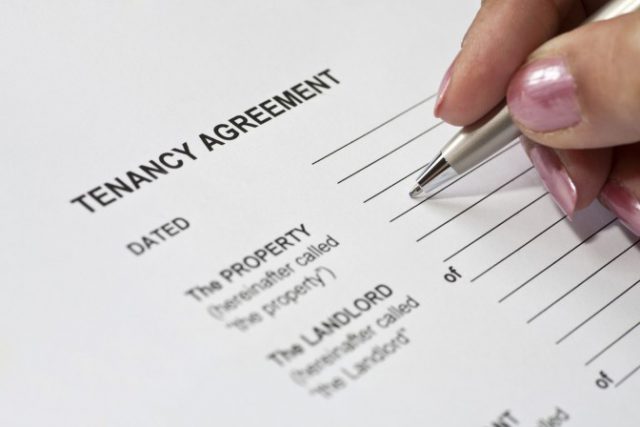Where are the best and worse places to sell property in the UK?
A new investigation has revealed where the twenty best and worst places to buy and sell a property are located in England and Wales.
Quick Move Now has partnered with Home.co.uk in order to compile the list, which makes interesting reading.
Location, Location, Location
The property market in the UK has been seeing turbulence for several months. Tax changes implemented by then Chancellor George Osborne and the impending threat of Brexit has lead to much uncertainty in the sector. With Article 50 set to be triggered next week, this is likely to rise.
At present there is a feeling of positivity on the market, but the research shows this is dependent on location. Some regions are seeing an average property sale time of 76 days but others are seeing 295!
According to the report, the 20 worst places to sell a property in England and Wales by average days spent on the market are:
- Sunderland-295
- Rochdale-292
- South Shields-275
- North Shields-269
- Bangor-269
- Darlington-259
- Oldham-254
- Knightsbridge-249
- Charing Cross-248
- Vauxhall-246
- Strand-244
- Rotherham-243
- Batley-243
- Broadgate-243
- Bootle-242
- Westminster-241
- Southwark-238
- Mayfair-238
- Belgravia-237
- Grimsby-231

Where are the best and worse places to sell property in the UK?
On the other hand, the 20 best places to sell by average days spent on the market are:
- Bedford-76
- Bristol-79
- Swindon-81
- Waterlooville-83
- Northampton-84
- Portslade by Sea-85
- Basildon-85
- Rochester-87
- Sutton-90
- Watford-91
- Reading-91
- Milton Keynes-93
- Gloucester-93
- Woking-94
- Luton-95
- Cambridge-96
- Redhill-97
- Bracknell-97
- Hove-100
- Eastbourne-100
Slowdown
Danny Luke, Managing Director of Quick Move Now, commented: ‘In the last quarter of 2016, we have seen a significant shift of property slowdown from the north to the south. Increased time on market figures continue to highlight the slowdown in the Greater London and the South East.’[1]
Doug Shephard, director of Home.co.uk, also said: ‘It’s really Central London that’s suffered the worst slowdown to date, but it seems to be spreading. The property market in the South East has also slowed but not yet by the same extent. What’s more is that rents are following house prices and in Greater London: they are now going down. Buy-to-let lest investment, wary of overbought London and SE, is heading North in search of better yields. So if the trend continues we are going to be seeing fewer Northern locations in the worst 20 and more in London and the South East.’[1]
[1] http://www.propertyreporter.co.uk/property/where-are-currently-the-best-and-worst-places-to-sell-a-property-in-the-uk.html




